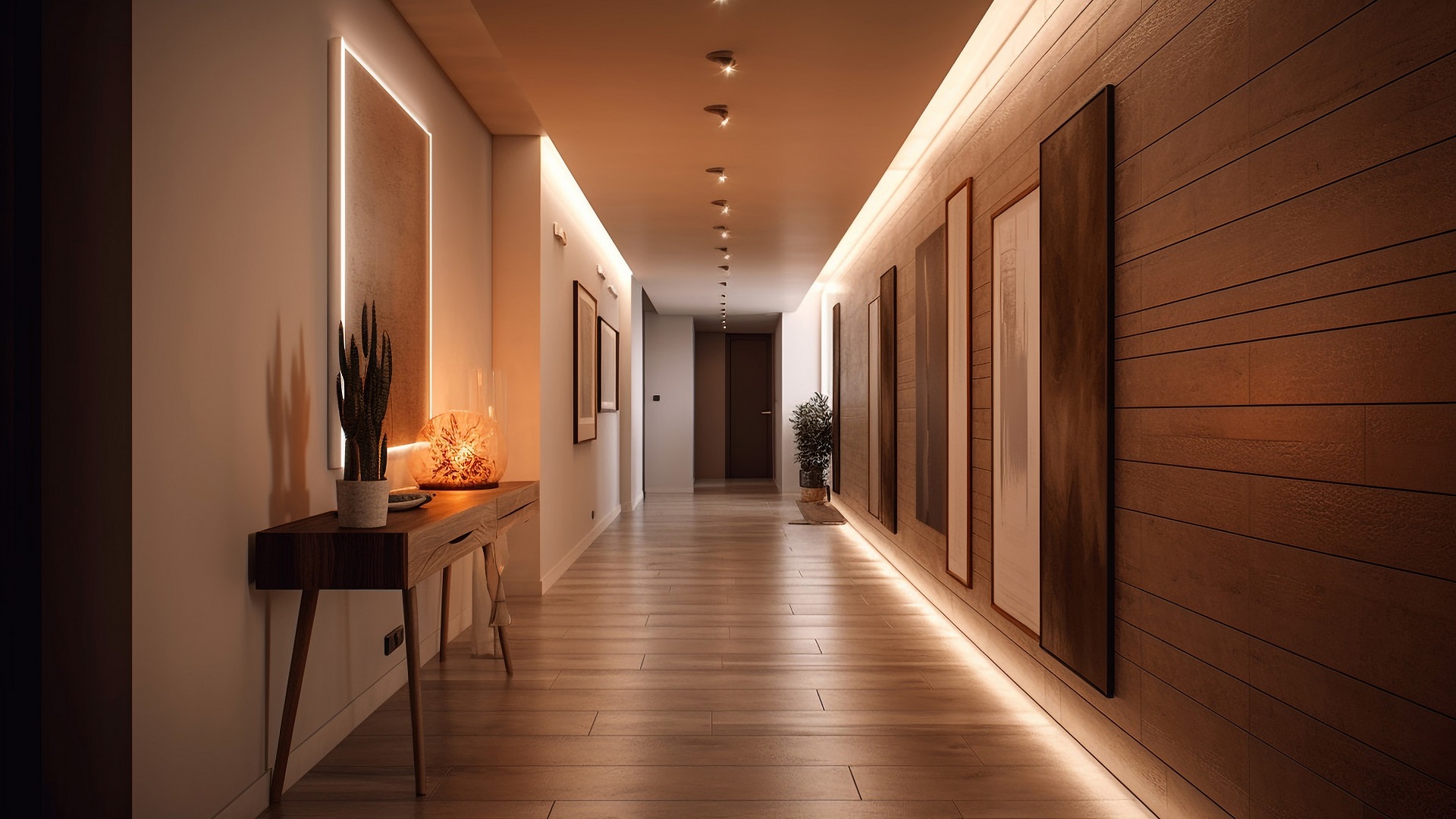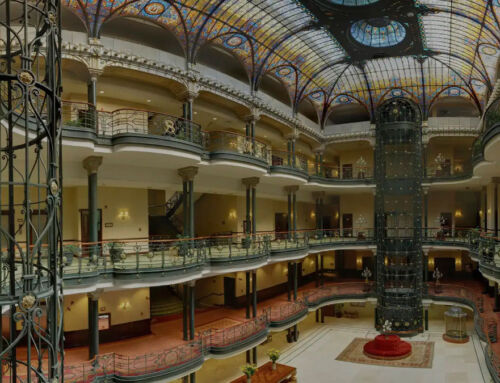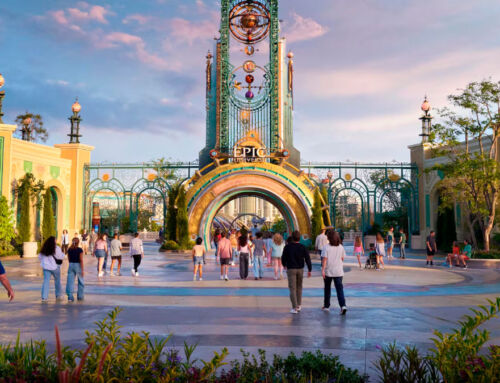Human Centric Light (HCL), also known as humanised lighting, is a lighting design perspective that prioritises people’s needs when defining the characteristics, distribution and orientation of artificial light. It is based on the awareness that light affects people’s health, well-being and performance.
The aim of HCL is to provide the right light at different times of the day, in a way that does not disturb circadian rhythms, in other words, the internal biological clock that regulates our bodily functions throughout the day. To achieve this, the lighting design adjusts the intensity and colour of light to reproduce the natural changes between day and night. Bright, cool light in the morning becomes warmer and dimmer in the afternoon and even more so at night. Moreover, HCL design adapts lighting to individual tasks and preferences. It considers factors such as age, activity, culture and environment.

A high angle shot of a bedroom with interior stuff in beige tones | sherry-arch.com
The potential benefits of HCL include improved sleep quality, increased energy and productivity during the day, mood enhancement and stress reduction. HCL is used in a wide variety of spaces, such as at home and in offices, schools, hospitals, commercial establishments and in public places. The aim is to create lighting environments that are healthy, comfortable and suitable for people’s needs.
By Manolo Barberá, Senior Hydraulic Modeller at Amusement Logic’s Architecture Dept






